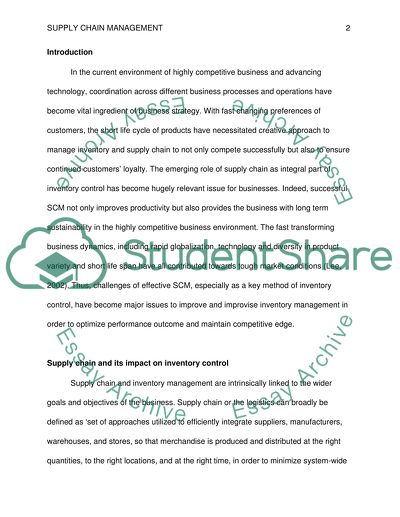Cite this document
(“Use of Supply Chain Management as a Method of Inventory Control Research Paper”, n.d.)
Retrieved from https://studentshare.org/finance-accounting/1472232-use-of-supply-chain-management-as-a-method-of
Retrieved from https://studentshare.org/finance-accounting/1472232-use-of-supply-chain-management-as-a-method-of
(Use of Supply Chain Management As a Method of Inventory Control Research Paper)
https://studentshare.org/finance-accounting/1472232-use-of-supply-chain-management-as-a-method-of.
https://studentshare.org/finance-accounting/1472232-use-of-supply-chain-management-as-a-method-of.
“Use of Supply Chain Management As a Method of Inventory Control Research Paper”, n.d. https://studentshare.org/finance-accounting/1472232-use-of-supply-chain-management-as-a-method-of.


